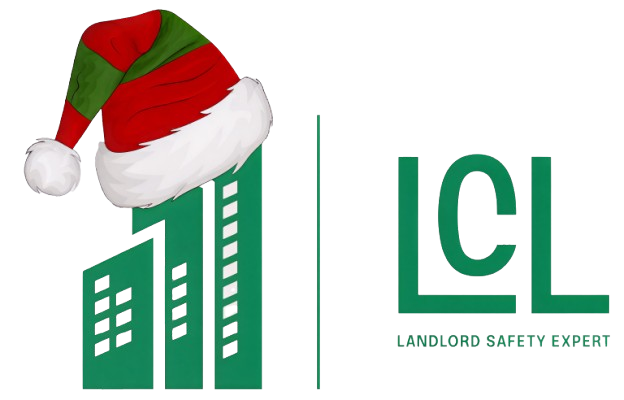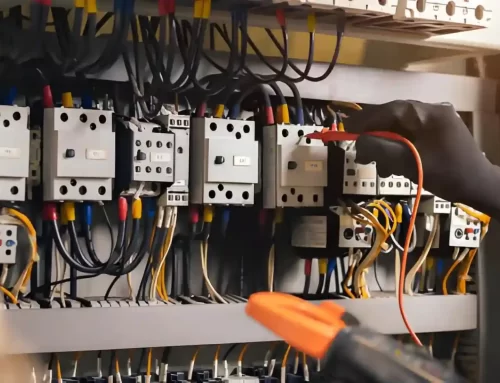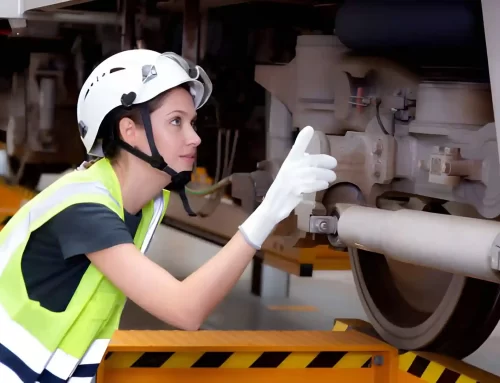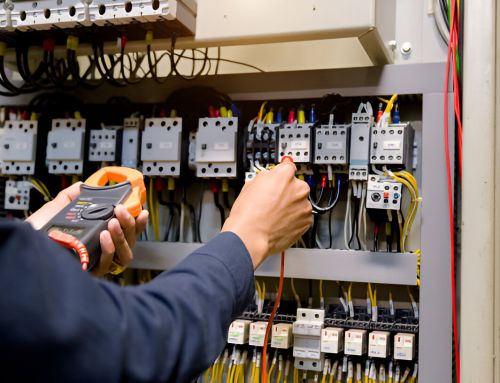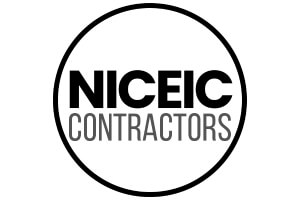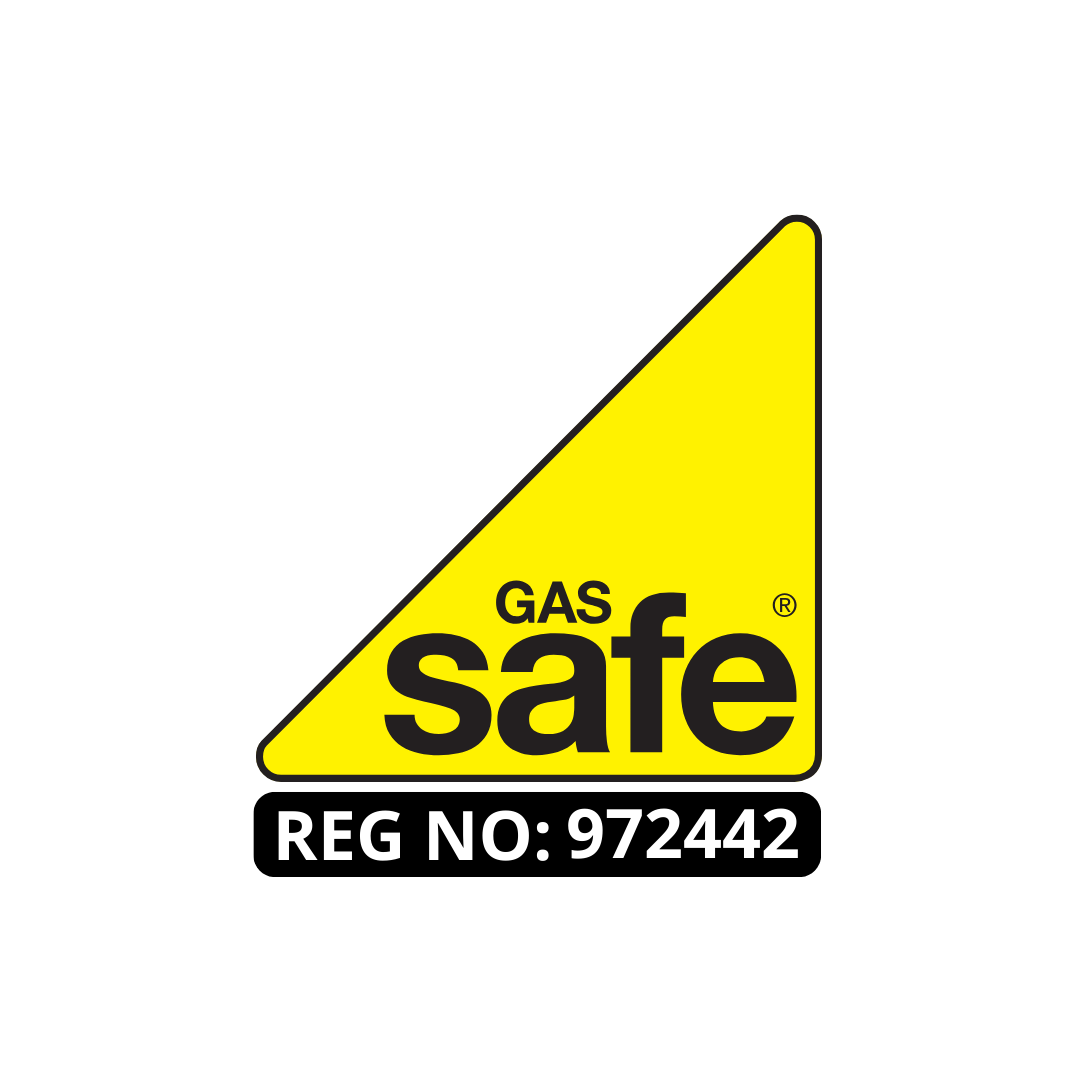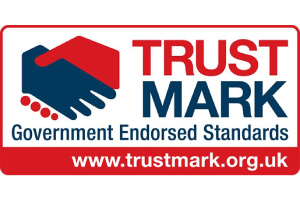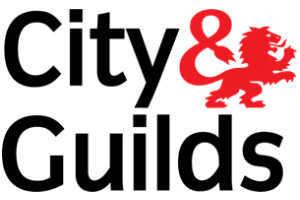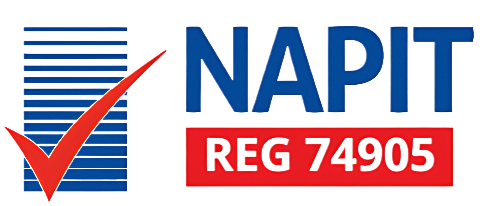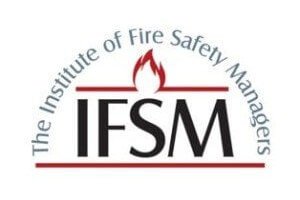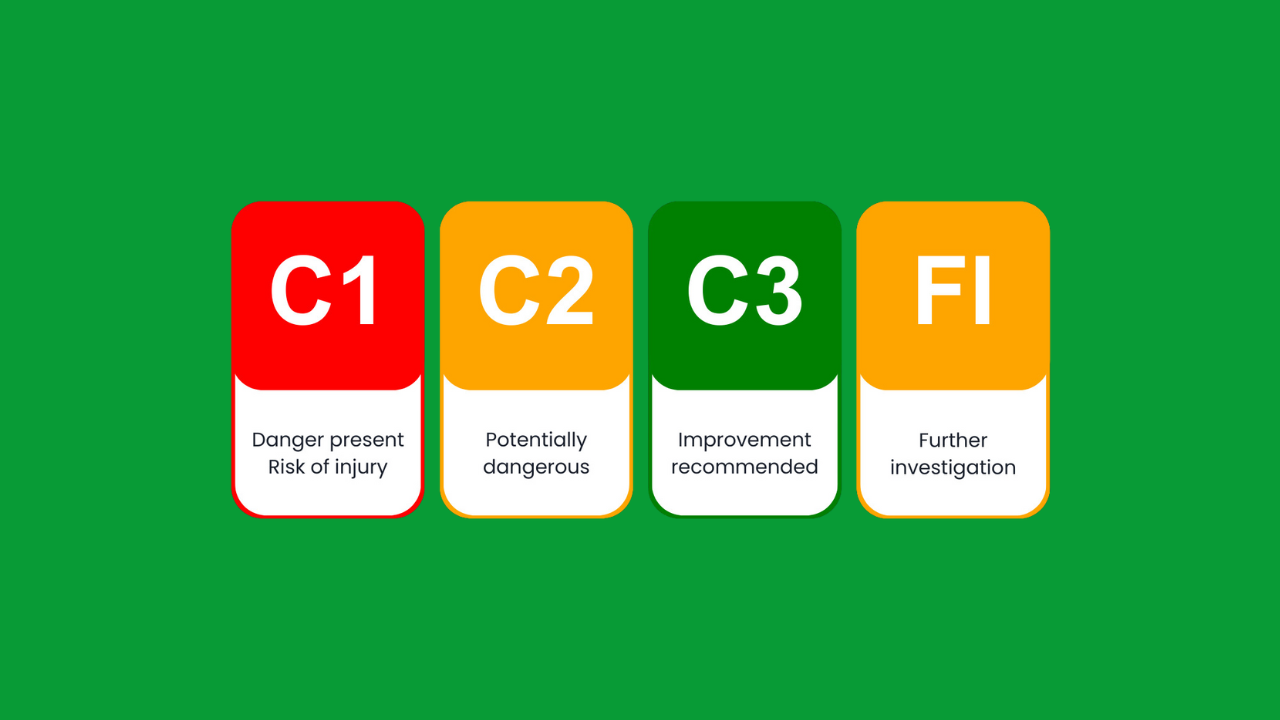
The Electrical Installation Condition Report (EICR) codes serve as vital indicators for assessing the safety and compliance of electrical systems in properties. These codes—C1, C2, and C3—reflect varying degrees of urgency and necessity for remedial actions, from immediate danger to recommendations for improvement. Understanding the implications of each code can significantly impact the management and safety protocols for property owners and landlords. However, the nuances between the codes and their practical applications in ensuring electrical safety standards are maintained are not always straightforward. This raises a pertinent question: How do these classifications practically affect the responsibilities and legal obligations of those maintaining the properties, Let’s understand What Does EICR Code Mean?
Understanding EICR Codes
Understanding Electrical Installation Condition Report (EICR) codes is crucial for ensuring the safety and compliance of electrical installations. These classifications serve as a decisive framework for identifying the extent of maintenance required and the urgency of intervention needed to uphold electrical safety standards.
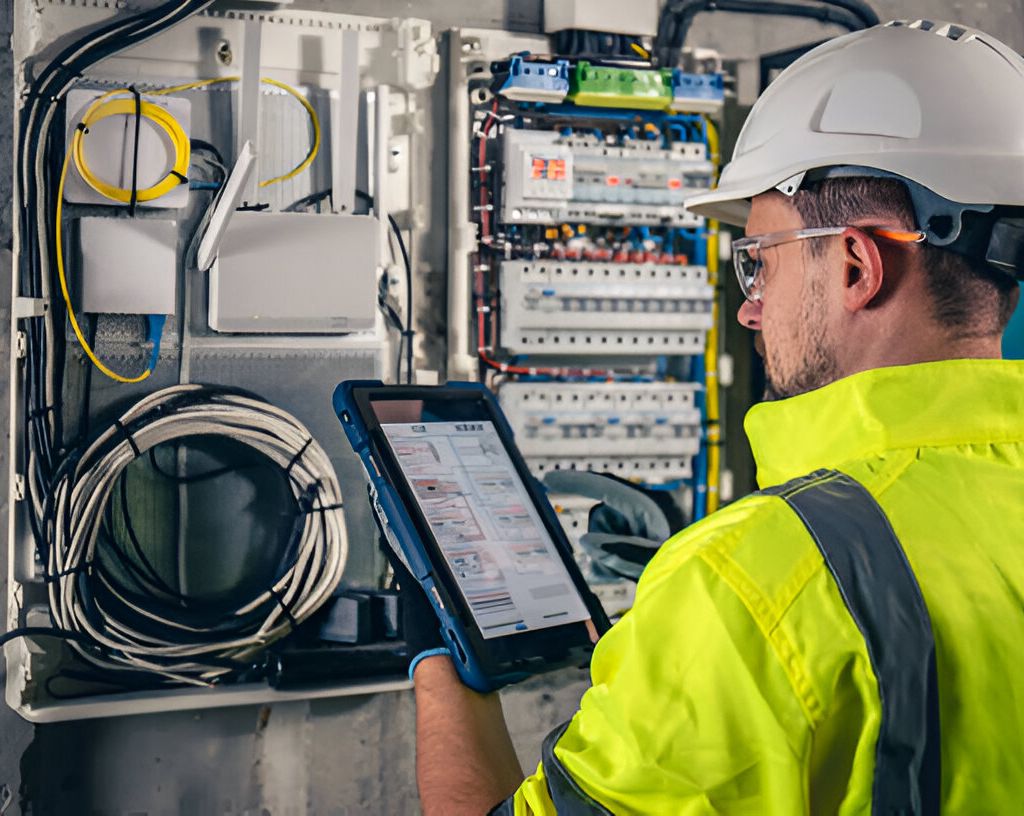
The EICR codes are integral to enhancing electrical safety awareness among technicians and property owners alike, ensuring that each stakeholder understands the implications of the identified electrical states.
The EICR code significance cannot be overstated as each code directly correlates to specific actions that must be taken to mitigate risks. For instance, codes such as C2 and C3, while not indicating immediate danger, point towards potential hazards or non-compliance issues that could escalate if not addressed. This preemptive approach is vital in preventing electrical accidents, which can lead to severe injuries or fatalities.
Moreover, understanding these codes empowers property owners and managers to make informed decisions about electrical safety, ensuring that all necessary corrective measures are promptly implemented.
The analytical approach adopted in classifying these codes facilitates a systematic assessment process, where each aspect of the electrical installation is scrutinized, leading to a comprehensive understanding of the electrical system’s health and safety compliance.
EICR C1 Code Details
The EICR C1 code is a critical alert indicating the presence of immediate and potential dangers within an electrical installation that require urgent rectification. This designation is not merely a suggestion but a mandatory call to action to prevent imminent risk to both life and property.
Typical instances that may trigger a C1 code include exposed live wires or severely compromised electrical components that pose a direct threat of electrocution or fire.
Understanding the C1 implications is crucial for property owners and managers. Immediate remediation is not optional; it is required to mitigate the identified hazards.
Failure to address a C1 issue promptly not only endangers occupants but can also lead to significant legal and financial repercussions due to non-compliance with safety regulations.
C1 examples further illustrate the severity of this code. For instance, an electrical panel with damaged insulation exposing live parts demands swift intervention.
Similarly, any breach in the integrity of essential safety barriers or grounding discontinuities also warrants a C1 classification.
These scenarios underline the urgency and critical nature of rectifying faults classified under the C1 code, emphasizing the non-negotiable need for immediate and competent action to restore safety.
EICR C2 Code Insights
EICR C2 code alerts to potential hazards within an electrical system that, while not immediately dangerous, require urgent attention to prevent future risks. This code is critical as it pinpoints issues that could escalate into severe safety threats if not addressed promptly.
Understanding the technical nuance of a C2 classification is essential for maintaining electrical compliance and ensuring the safety of all building occupants.
Here are some key aspects associated with the EICR C2 code:
- Identification of Faults: This includes problems such as inadequate circuit protection or potential overloading, which might not pose an immediate risk but are likely to develop into major concerns if neglected.
- EICR Implications: When a C2 code is identified, it means the overall EICR status becomes unsatisfactory. This triggers the necessity for urgent remedial actions to mitigate the potential dangers and to comply with safety regulations.
- C2 Examples: Common examples include the absence of earthing in lighting circuits or the use of outdated wiring that does not conform to current regulatory standards.
Handling issues flagged under the C2 code with the recommended urgency ensures the longevity and safety of the electrical installations, while also aligning with legal safety obligations.
Recommendations Under C3 Code
While a C3 code does not denote immediate danger, it highlights areas where electrical installations could benefit from improvements to meet current standards and enhance overall safety. The significance of addressing C3 recommendations lies in preempting potential hazards and aligning with modern safety protocols, thereby providing an environment that not only adheres to current electrical standards but also promotes sustained safety and functionality.
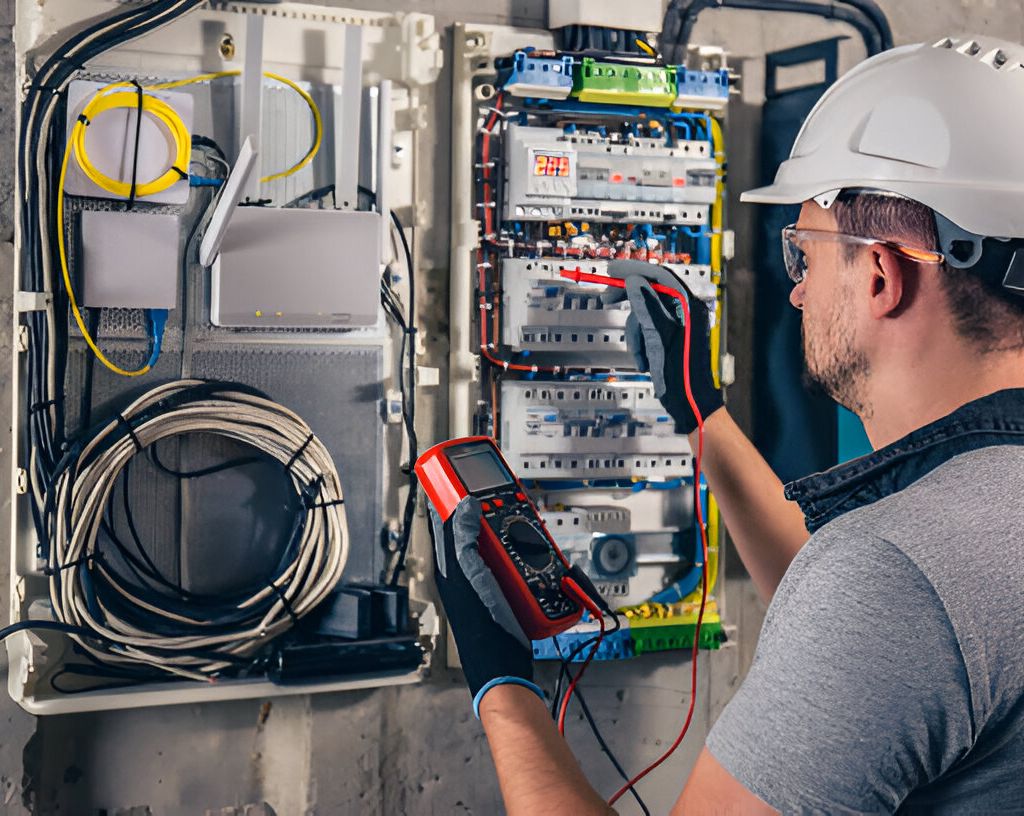
C3 improvements focus on areas that, while not immediately hazardous, could become problematic without attention. These improvements are essential for maintaining a robust electrical system that can safely accommodate both current and future demands. Safety enhancements under the C3 code include upgrading outdated wiring systems, installing more resilient components, and ensuring that all electrical fittings are fully compliant with the latest regulations.
| Improvement Type | Expected Benefit |
|---|---|
| Upgraded Wiring | Enhanced safety, reduced risk of faults |
| Resilient Components | Longer lifespan, better performance |
| Regulatory Compliance | Legal safety standards met, future-proofing |
Addressing these recommendations enables property owners to avoid gradual degradation that can lead to more severe issues, thus ensuring a safer and more efficient electrical environment.
Importance of Further Investigation
Addressing the recommendations under the C3 code significantly enhances the safety and compliance of electrical installations. The importance of further investigation cannot be overstated, as it serves as a crucial step in identifying and mitigating risks that are not immediately apparent. This investigation significance is particularly crucial where the initial inspection suggests potential compliance issues without immediate danger.
Key Points Highlighting the Investigation’s Significance:
- Assurance of System Integrity: Further investigation ensures that all components of the electrical installation are in optimal condition, adhering to current safety standards. This thorough assessment aids in preventing future electrical failures that could lead to safety hazards.
- Long-Term Cost Savings: By addressing issues early through detailed investigation, property owners can avoid extensive repairs and replacements in the future, thus minimizing potential downtime and financial outlay.
- Regulatory Compliance: Investigation is necessary not only for identifying non-compliance but also for documenting the steps taken towards rectification. This documentation is essential for meeting legal requirements and avoiding penalties.
In essence, further investigation underpins the inspection necessity, reinforcing a proactive approach to electrical safety and compliance, ultimately safeguarding both property and personnel.
EICR Compliance Requirements
Ensuring compliance with Electrical Installation Condition Report (EICR) regulations is essential for property owners, particularly landlords, to meet legal safety standards mandated by the UK government. Compliance involves adhering to specific guidelines that dictate the EICR frequency and recognizing any EICR exemptions applicable under certain circumstances.
Typically, the EICR must be conducted every five years for rental properties to ensure that the electrical systems are safe and up to code. This frequency may vary based on the age and condition of the electrical installation as well as the type of occupancy.
Landlords must understand that failure to comply with these regulations can result in significant legal consequences, including penalties and potential cessation of property rental. Landlords must schedule these inspections within the legally required intervals and ensure that any remedial actions suggested in the EICR are carried out promptly.
EICR exemptions exist for newer properties or recently certified electrical installations where a valid Installation Certificate or a compliant Electrical Installation Condition Report is already in place.
However, the responsibility lies with the property owner to maintain continuous compliance and keep abreast of any changes in legislation or standards that may affect the frequency or requirements of their EICR obligations.
Contact Information and Services
For those requiring further assistance or seeking to arrange an EICR test, comprehensive contact information is readily available to facilitate prompt and effective communication.

Professional teams are equipped to offer detailed explanations and guidance on EICR codes, ensuring that clients can navigate the complexities of electrical compliance with confidence.
Here are the primary contact arrangements and service offerings:
- Direct Communication Channels:
- Email: info@landlord certificatelondon.co.uk for inquiries and scheduling.
- Phone: 020 4518 8198 for immediate assistance and expert advice.
- Service Offerings:
- Comprehensive EICR inspections conducted by certified electricians.
- Detailed reporting that includes actionable recommendations based on EICR codes (C1, C2, C3, and FI).
- Timely completion of any required remedial actions to ensure compliance and safety.
- Support and Follow-Up:
- Continuous customer support for post-inspection queries.
- Assistance in understanding the implications of each EICR code and planning necessary improvements.
- Scheduled follow-up inspections to verify the rectification of flagged issues and maintain electrical safety standards.
These structured contact arrangements and precise service offerings are designed to provide mastery-level understanding and execution of EICR requirements, ensuring that all clients comply with current electrical safety regulations.
Conclusion
In conclusion, Electrical Installation Condition Report (EICR) codes serve as essential indicators of the safety and compliance status of electrical installations. These codes—C1, C2, and C3—enable stakeholders to prioritize actions, from addressing immediate dangers to recommending improvements for enhanced safety. Adherence to these codes not only fulfills legal obligations but also significantly mitigates the risk of electrical hazards, thereby safeguarding property and human life. Understanding and implementing these codes is crucial for maintaining electrical safety standards.
Our Pricing
| Our Electrical Safety Certificate Prices |
|---|
| Studio Apartment £67.99 |
| 1 – 3 Bedroom £94.99 |
| 4 Bedroom £104.99 |
| 5 Bedroom £139.99 |
Check Out Our Other Services
| EICR | Commercial EICR | Emergency Light Certificate |
|---|---|---|
| Electrical Diagnostic | PAT Testing | Fuse Box Installation |
About the Author: LandlordCertificate
Related Posts
Get Social
Recent Posts
- What must landlords get right for Fire Risk Assessment London compliance?
- UK Gas Safety Regulations for Landlords & Tenants: Introduction to Gas Safety Certificates
- Check If Your Gas Engineer is Registered: London Gas Safety Certificate London
- Fire Risk Assessment London Complete Guide to Compliance and Legal Responsibilities
- The Role of EICR London in Maintaining Safe Properties
